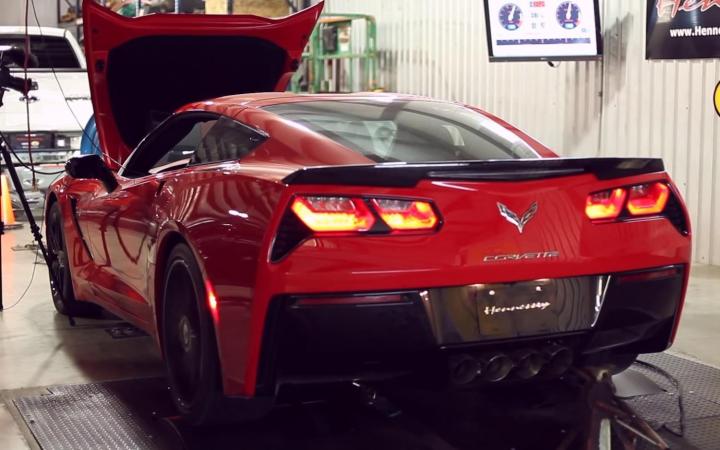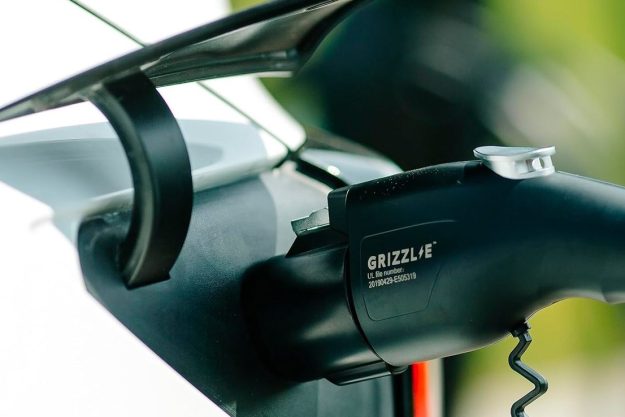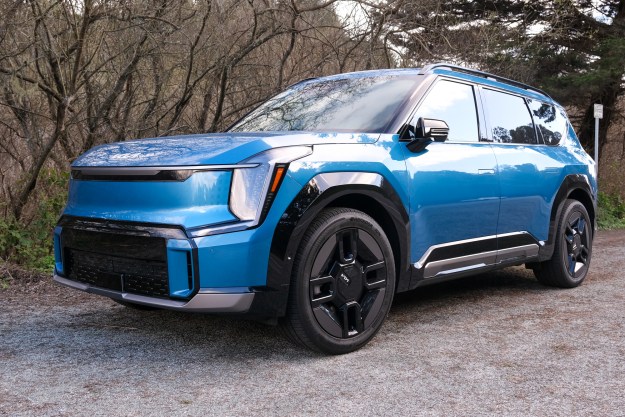
If you’re like me this Monday morning, you’re dragging a bit. Well, at least, I was dragging a bit. After absorbing the quick shot of auditory adrenaline that is the sinewy sounds of the Hennessey HPE700 Corvette Stingray, I am, like Radioactive Man, “up and atom!”
OK that was prodigiously dorky. My apologies. Let me make it up to you with the video itself.
And what is it that makes so much noise? It’s the Stingray’s LT1 6.2-liter V8 that’s had twin turbos bolted to it. Now, as you can see from the end of the video, it makes 608 horsepower and 564 pound-feet of torque.
Amazingly, those numbers are made with a measly seven-psi of boost and on 93 octane pump gasoline. To put that into perspective, the Mercedes CLA45 AMG’s turbo churns out 26.1 psi of boost. Going even lower, and closer to the psi rating of the HPE700’s turbos, your mom’s 1989 Volvo 740 turbo only made nine psi from its single, low-pressure turbo.
So to say the HPE700 is making quite a lot of power without much turbo help is like saying that Pharrell’s Dudley Do-Right hat at the Grammies was idiotic: it’s an understatement.
How did the mechanical wizards at Hennessey get so much power from the Stingray with some low-blowing turbos? They upgraded the fuel system, added a new intake and exhaust, and fiddled a bit with the ECU.
If you want more power from your Stingray than 608 ponies, luckily, Hennessey has you covered.
It also offers a prostate-shrinking 1,000 horsepower version. Giddy-up.


